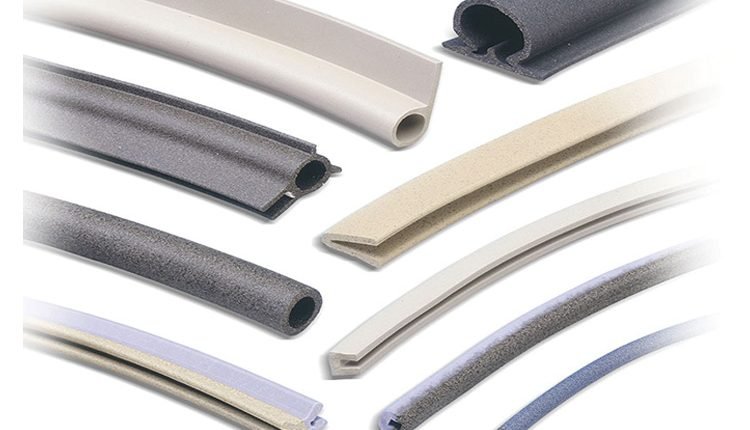Understanding EMI Gaskets:
Safeguarding Electronics from Interference
Electromagnetic interference (EMI) poses a common challenge in our tech-driven world, impacting electronic devices and leading to malfunctions or disruptions. To counter this, EMI gaskets come into play, acting as shields or absorbers of electromagnetic radiation to enhance device performance.
Diverse in shape and material, EMI gaskets can be crafted from metals, conductive fabrics, and elastomers, each chosen based on application and frequency range. In electronic devices like phones, computers, and medical equipment, these gaskets find widespread use.
Two primary types of EMI gaskets exist: conductive and shielding. Conductive gaskets, made of materials like copper or silver, create paths redirecting electromagnetic radiation. They are ideal for high-frequency applications such as microwaves. Shielding gaskets, crafted from ferrites or conductive foam, absorb or reflect radiation, proving effective in low-frequency scenarios like radio and television broadcasting.
Materials used in EMI gaskets vary to suit application needs:
- Metals: Copper, aluminum, and stainless steel are conductive materials effective at blocking high-frequency radiation.
- Conductive Elastomers: Flexible materials ideal for low-frequency applications in devices like mobile phones and medical equipment.
- Conductive Fabrics: Lightweight and flexible materials suitable for applications where weight and flexibility matter, such as clothing and military equipment.
- Ferrites: Materials adept at absorbing high-frequency radiation, commonly used in power transformers.
Benefits of EMI gaskets include improved performance, enhanced reliability, compliance with regulatory standards, and cost-effectiveness in reducing electromagnetic interference.
Applications of EMI gaskets span various industries:
- Aerospace and Defense: Used extensively in aircraft avionics, missiles, and communication systems to protect against interference.
- Medical Equipment: Applied in MRI machines and diagnostic equipment to ensure reliable and accurate operation.
- Automotive Electronics: Employed in critical components like sensors and control modules to prevent interference.
- Telecommunications Equipment: Used in routers and modems to safeguard sensitive electronics.
- Consumer Electronics: Applied in devices like mobile phones and laptops to protect against interference.
Conclusion
EMI gaskets play a crucial role in safeguarding sensitive electronics across diverse applications, providing an effective and reliable solution against the adverse effects of electromagnetic interference.



